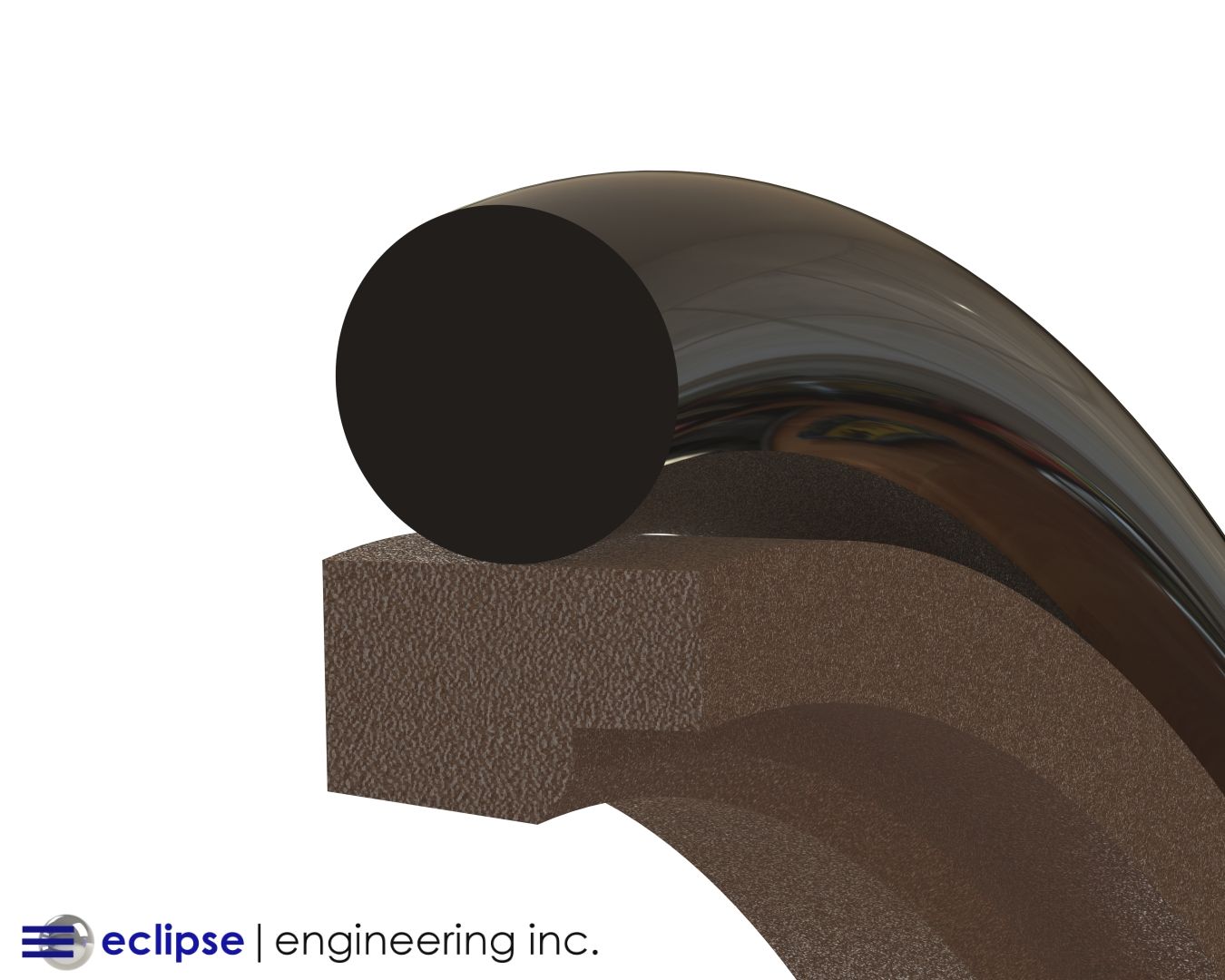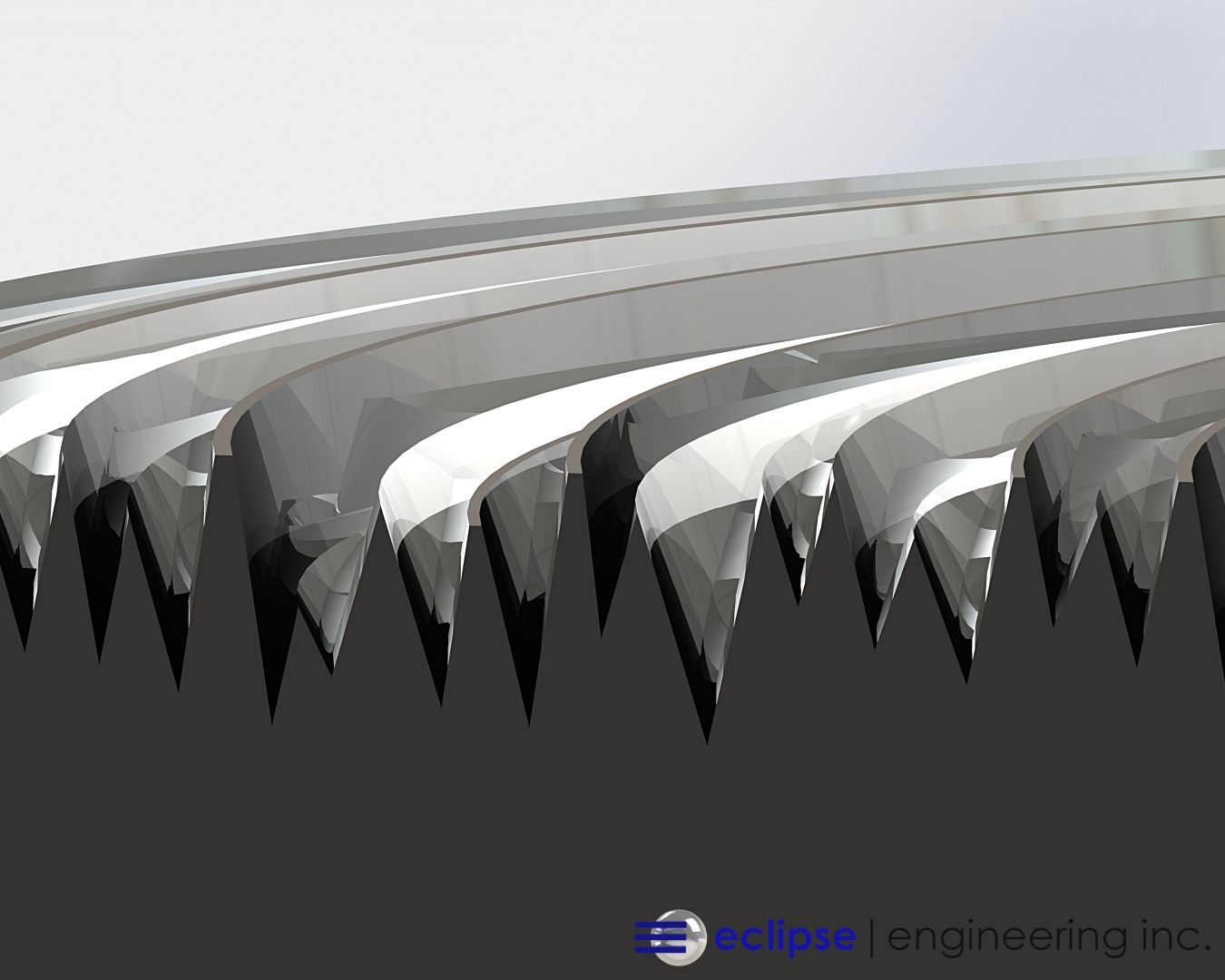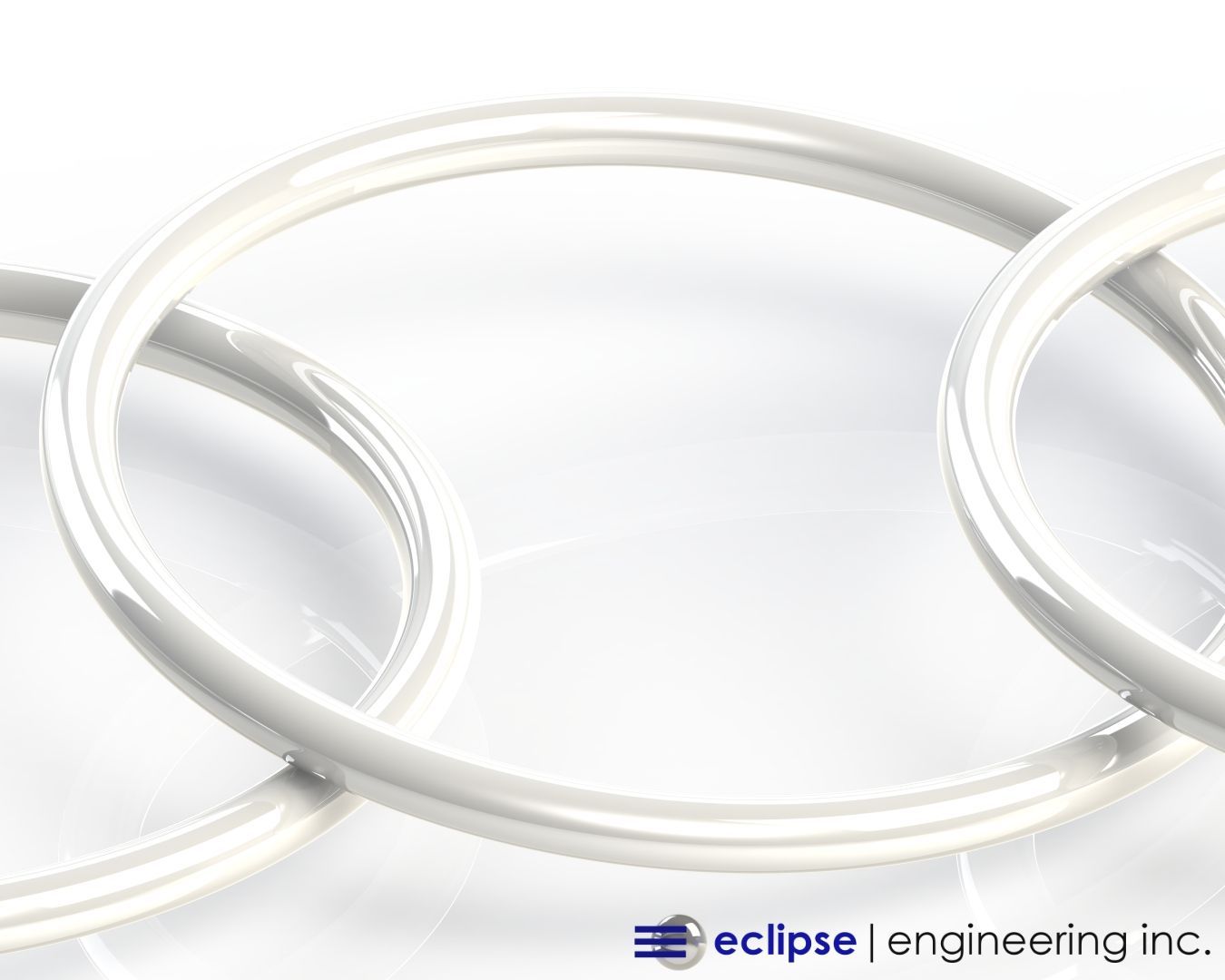Material Data Sheets
We have recently updated the Materials section of the website and Material Data Sheets are now online. You can now find descriptions of the most common materials used here at Eclipse. These may give you a great starting point when speaking with our engineering department about your specific application.
The Materials section will also be a great point of reference for standardized material test for our materials. You can use the website to download any material tests that you might need. If we have the report, then it’s online. So if you don’t see the one you need, please feel free to request it from engineering and we’ll track it down for you and add it to the site.
We will also continue to add new features and descriptions to the website so please feel free to check back in on us!





